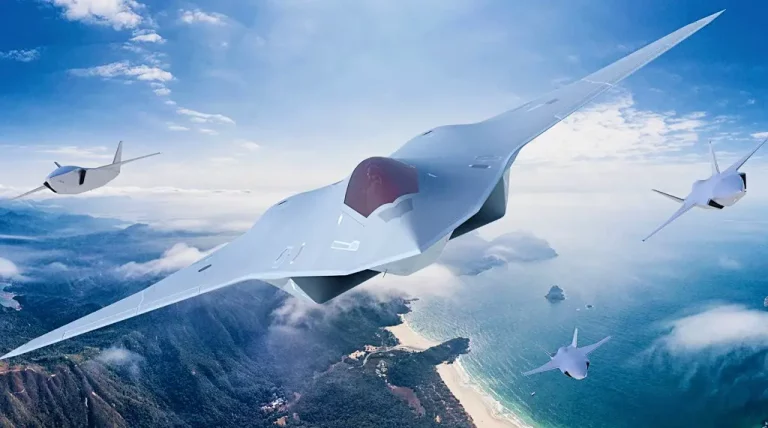
Air Force Secretary Frank Kendall revealed details about the top-secret project and the closely related Cooperative Combat Aircraft program.
Three years ago, Assistant Secretary of the Air Force for Acquisition, Technology and Logistics, Dr. Will Roper, announced that the USAF had secretly designed, built and launched a full-scale prototype of a new generation of combat aircraft as part of the Next Generation Air Dominance (NGAD) program. Now, Air Force Secretary Frank Kendall has revealed that the secret multi-agency X-plane program paved the way for NGAD.
The new details were shared by Kendall at the Politico Defense Summit on November 14, 2023, where he was asked what, in his opinion, were the most interesting aspects of the NGAD program. Kendall noted that in 2014, when he was Under Secretary of Defense for Acquisition, Technology and Logistics, the Dominance Initiative study was assigned to DARPA (Defense Advanced Research Projects Agency).
This study recommended that the successor to the F-22 Raptor be accompanied by a “family of systems,” leading to the launch of the Air Dominance The Navy and the Defense Advanced Research Projects Agency “have produced some prototypes that have proven successful in demonstrating the technologies we need.”
It's not clear whether Kendall is referring to the same full-scale flight model that Roper mentioned in 2020 or whether these prototypes explored new advanced technologies that were later incorporated into that demonstration. The latter explanation appears to be the most likely, with the Minister adding that NGAD is currently organized as a “group of aircraft – a crewed aircraft”. [and] Drones – which will have some of the technical characteristics that we have proven achievable.”
“That family of systems approach that we have – also in the mix [is] Our new weapons such as the JATM missile, the Joint Advanced Tactical Missile, which we will begin production in the next few years – [will create] “The next generation is absolutely formidable, a set of air dominance capabilities,” Kendall said. “I think when we fill this package out, I'm really looking forward and excited to see that come to life.”

New details have also been released about the Cooperative Combat Aircraft (CCA) program, which will not begin until the 2024 defense fiscal bill is passed. The unmanned CCA will be controlled by NGAD aircraft, allowing both manned and unmanned platforms to fight as a formation. The program will build on all the previous and current work that has been done regarding autonomous aircraft and drones.
Kendall described the Common Country Assessment Programme, which is expected to receive $5.8 billion in funding over the next five years, as one of the most important programs about to begin. Without further delay, production of the first batch of chromated copper arsenate could begin around 2028.
As previously reported, the USAF wants to purchase 200 NGAD fighters along with 1,000 CCAs that will cooperate in a “loyal wingman” role with sixth-generation fighter jets. While each NGAD aircraft is expected to cost hundreds of millions of dollars, the CCA is designed to cost “on the order of a quarter or a third” of the current unit cost of the F-35.
Given that the average unit price for F-35s in the latest production batches is about $82.5 million, the CCA price could range between $20.6 million and $27.5 million. This is less than the price of the MQ-9 Reaper, which costs about $32 million. Even if the cost is “small,” the CCA is not considered expendable or traceable, but rather “systems that you can accept part losses on and do not have a significant operational impact.”
The Air Force is still determining the right balance in terms of CCA program requirements, such as range and payload characteristics that must be consistent with the operational concept of the drones whether flying in front of manned fighters or accompanying them during their missions. One aspect that is already clear is that the CCA system will be modular, with some carrying weapons and others carrying other systems.
This aspect would complicate the targeting process by the adversary, because he would not be able to determine which drones are armed and which are not. Runway independence is also being considered to improve survivability. According to Kendall, the industry has already submitted various competing designs, and the Air Force aims to be able to field the first CCA quickly and in reasonable quantities and then move on to the new iteration without the long times typically required to develop new manned aircraft.

